An early figure in the evolution of art in Israel, Ze’ev Raban was born Wolf Rawicki in Łódź in 1890. He began his artistic instruction at the age of fifteen, studying sculpture and decorative arts in various European cities, including Łódź, Munich, Paris, and Brussels. In 1912, Raban immigrated to Palestine and quickly involved himself in the development of the emerging Jewish state. He was invited by Boris Schatz to join the Bezalel School of Arts and Crafts, where he refined and promoted the utopian ideals of the Bezalel style. Enthusiastic and determined, Raban believed in the awakening of Hebrew art in Palestine, personally endeavoring to bring this dream to fruition. Raban easily navigated a wealth of artistic sources and mediums, borrowing and combining ideas from East and West, as well as fine arts and crafts from past and present. His works blended European neoclassicism, Symbolist art, and Art Nouveau with Oriental techniques to form a distinctive visual lexicon. Versatile and productive, he lent this unique style to most artistic mediums, including the fine arts, illustration, sculpture, repoussé, jewelry design, and ceramics. Also a prodigious draftsman with a tremendous output, Raban created posters encouraging travel and immigration to Palestine and illustrated children’s books, logos, ex libris plates, Jewish playing cards, postcards, and calendars. He also celebrated biblical themes, communicating the Zionist ideology and his own relationship with Jewish traditions. Raban produced a number of Bible illustrations, including for the Song of Songs and the books of Esther, Ruth, and Job. The illustrations for the Passover Haggadah comprising the present lot demonstrate the artist’s dexterity in bridging a wide scope of influences and ideas. The result is a coherent, exquisite work, summoning a rich past and the vivid present of a people committed to their faith and to renewed national identity. One finds Raban’s idealization of reality, metaphor, the use of dramatic poses, elongation, processional structure, and realism within Persian ornamentation. Yemenite and Hasidic Jews, six-winged angels, an array of animals, and clouds are among the images that adorn this Haggadah. Evident on the frontispiece is the influence of ancient Egyptian art, most likely inspired by a trip Raban made to Egypt in 1924. He was motivated by other ideas here as well; his incorporation of text into design was derived from traditional Jewish sources, such as manuscripts and ketubbot, while a paramount influence was the fusion of artistic and poetic language found in the Persian miniature. “There [in the Persian miniature] Raban found the idea of the illustrated sacred poem and romance; the heroic story, the delight in the wondrous […] the controlled and sublimated dramatization; the calligraphic, rhythmic, and graceful line; and the enclosed space of the theatrical events.” The text of the Haggadah was commissioned from a Torah scribe. Raban cut the parchment and pasted it on paper, adding initial letter and word panels, titles, headings, and illustrations. He prepared approximately twenty pages; another thirty pages of text were written, but the illustrations were not completed. The pages in the present lot include: the frontispiece; Laws of Passover and Search for the Leavened Bread; Eruv Tavshilin and Signs of Passover; Blessing over Wine; Dividing the Matzah and Telling the Story of Passover; We Were Slaves; Blessed Is He Who Keeps His Promise to Israel; And He Went Down to Egypt; And the Egyptians Dealt Cruelly with Us and Afflicted Us; And He Looked upon Our Affliction; With a Mighty Hand; and The Ten Plagues (four sheets). Physical 15 matted sheets (approx. 12 1/2 x 9 7/8 in.; 300 x 250 mm); watercolor, pen, colored ink, and pencil on paper with text inserts on parchment; frontispiece signed and dated in Hebrew; one further sheet signed in pencil. ExhibitedGideon Ofrat, Taube Greenspan, and Batsheva Goldman (eds.), Raban Remembered:
An early figure in the evolution of art in Israel, Ze’ev Raban was born Wolf Rawicki in Łódź in 1890. He began his artistic instruction at the age of fifteen, studying sculpture and decorative arts in various European cities, including Łódź, Munich, Paris, and Brussels. In 1912, Raban immigrated to Palestine and quickly involved himself in the development of the emerging Jewish state. He was invited by Boris Schatz to join the Bezalel School of Arts and Crafts, where he refined and promoted the utopian ideals of the Bezalel style. Enthusiastic and determined, Raban believed in the awakening of Hebrew art in Palestine, personally endeavoring to bring this dream to fruition. Raban easily navigated a wealth of artistic sources and mediums, borrowing and combining ideas from East and West, as well as fine arts and crafts from past and present. His works blended European neoclassicism, Symbolist art, and Art Nouveau with Oriental techniques to form a distinctive visual lexicon. Versatile and productive, he lent this unique style to most artistic mediums, including the fine arts, illustration, sculpture, repoussé, jewelry design, and ceramics. Also a prodigious draftsman with a tremendous output, Raban created posters encouraging travel and immigration to Palestine and illustrated children’s books, logos, ex libris plates, Jewish playing cards, postcards, and calendars. He also celebrated biblical themes, communicating the Zionist ideology and his own relationship with Jewish traditions. Raban produced a number of Bible illustrations, including for the Song of Songs and the books of Esther, Ruth, and Job. The illustrations for the Passover Haggadah comprising the present lot demonstrate the artist’s dexterity in bridging a wide scope of influences and ideas. The result is a coherent, exquisite work, summoning a rich past and the vivid present of a people committed to their faith and to renewed national identity. One finds Raban’s idealization of reality, metaphor, the use of dramatic poses, elongation, processional structure, and realism within Persian ornamentation. Yemenite and Hasidic Jews, six-winged angels, an array of animals, and clouds are among the images that adorn this Haggadah. Evident on the frontispiece is the influence of ancient Egyptian art, most likely inspired by a trip Raban made to Egypt in 1924. He was motivated by other ideas here as well; his incorporation of text into design was derived from traditional Jewish sources, such as manuscripts and ketubbot, while a paramount influence was the fusion of artistic and poetic language found in the Persian miniature. “There [in the Persian miniature] Raban found the idea of the illustrated sacred poem and romance; the heroic story, the delight in the wondrous […] the controlled and sublimated dramatization; the calligraphic, rhythmic, and graceful line; and the enclosed space of the theatrical events.” The text of the Haggadah was commissioned from a Torah scribe. Raban cut the parchment and pasted it on paper, adding initial letter and word panels, titles, headings, and illustrations. He prepared approximately twenty pages; another thirty pages of text were written, but the illustrations were not completed. The pages in the present lot include: the frontispiece; Laws of Passover and Search for the Leavened Bread; Eruv Tavshilin and Signs of Passover; Blessing over Wine; Dividing the Matzah and Telling the Story of Passover; We Were Slaves; Blessed Is He Who Keeps His Promise to Israel; And He Went Down to Egypt; And the Egyptians Dealt Cruelly with Us and Afflicted Us; And He Looked upon Our Affliction; With a Mighty Hand; and The Ten Plagues (four sheets). Physical 15 matted sheets (approx. 12 1/2 x 9 7/8 in.; 300 x 250 mm); watercolor, pen, colored ink, and pencil on paper with text inserts on parchment; frontispiece signed and dated in Hebrew; one further sheet signed in pencil. ExhibitedGideon Ofrat, Taube Greenspan, and Batsheva Goldman (eds.), Raban Remembered:
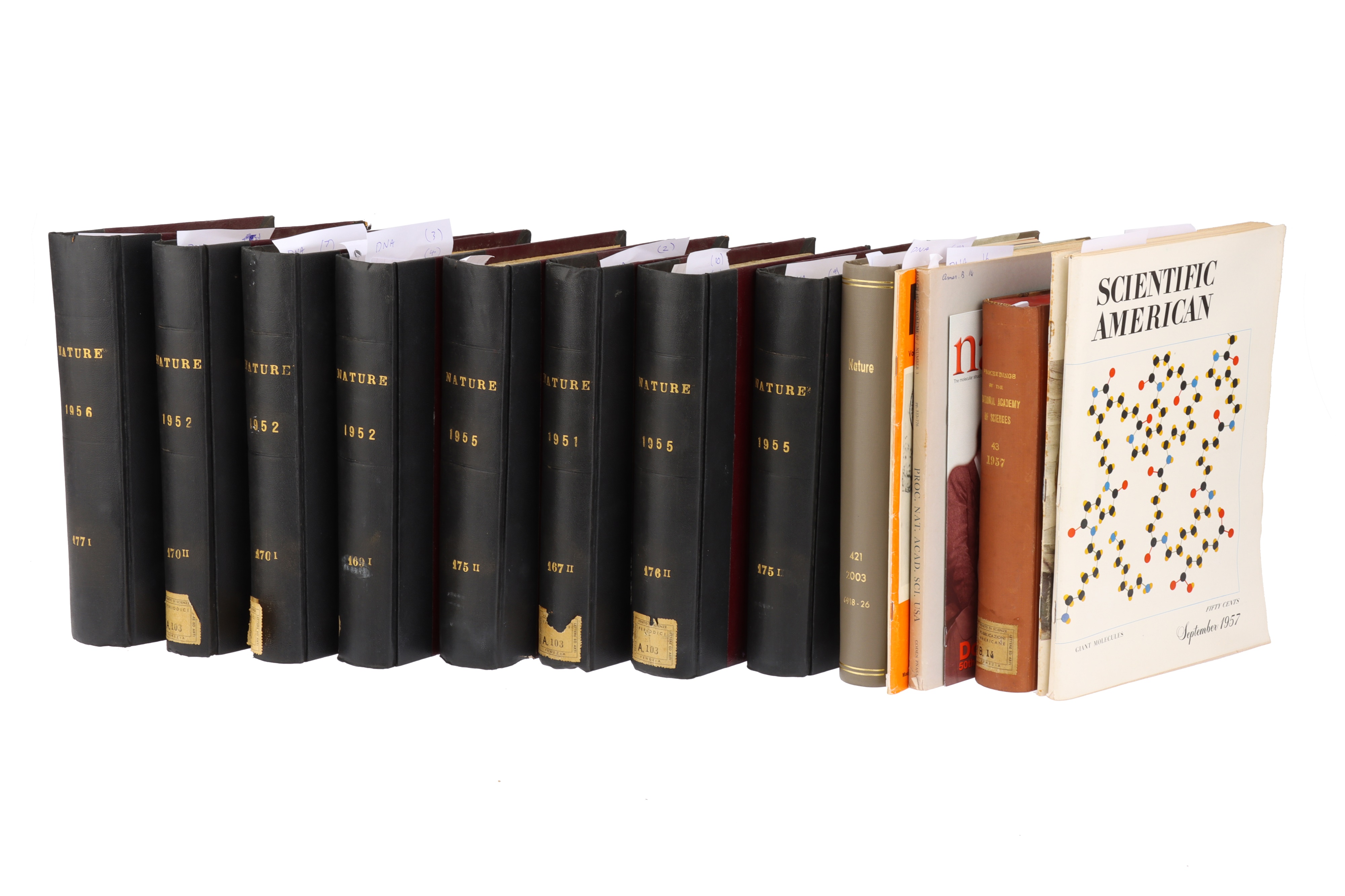

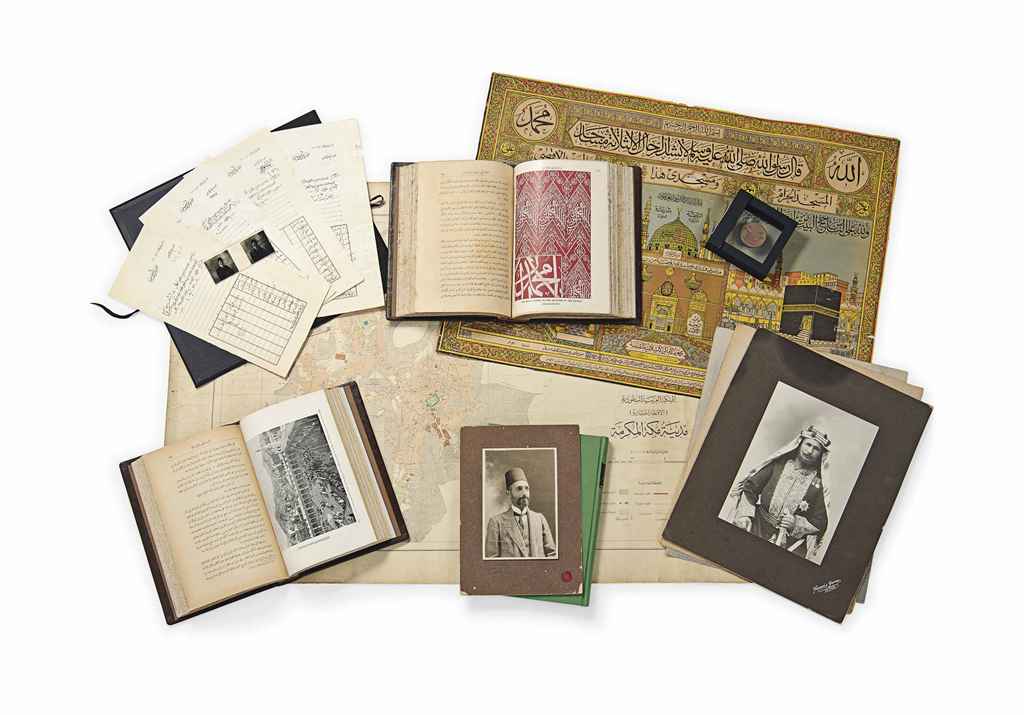
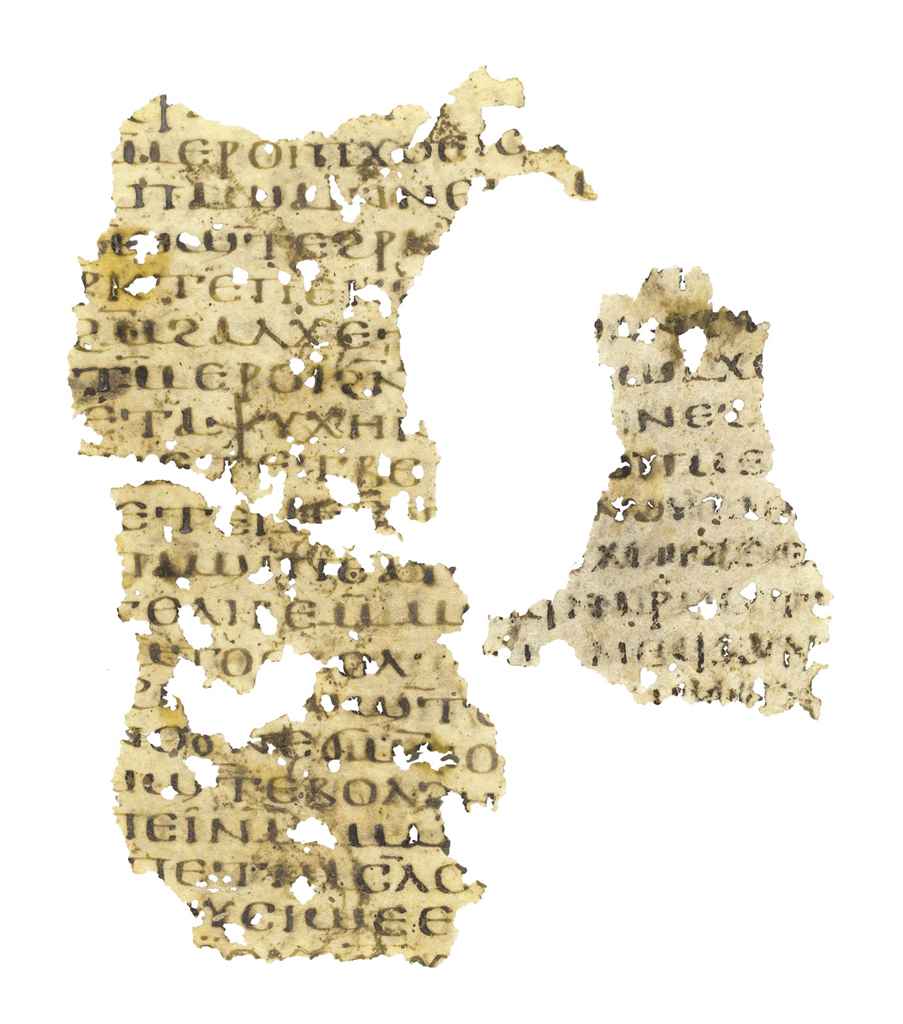


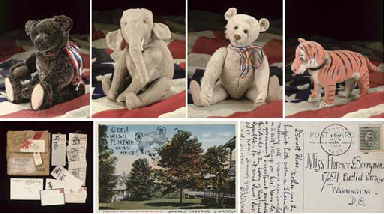
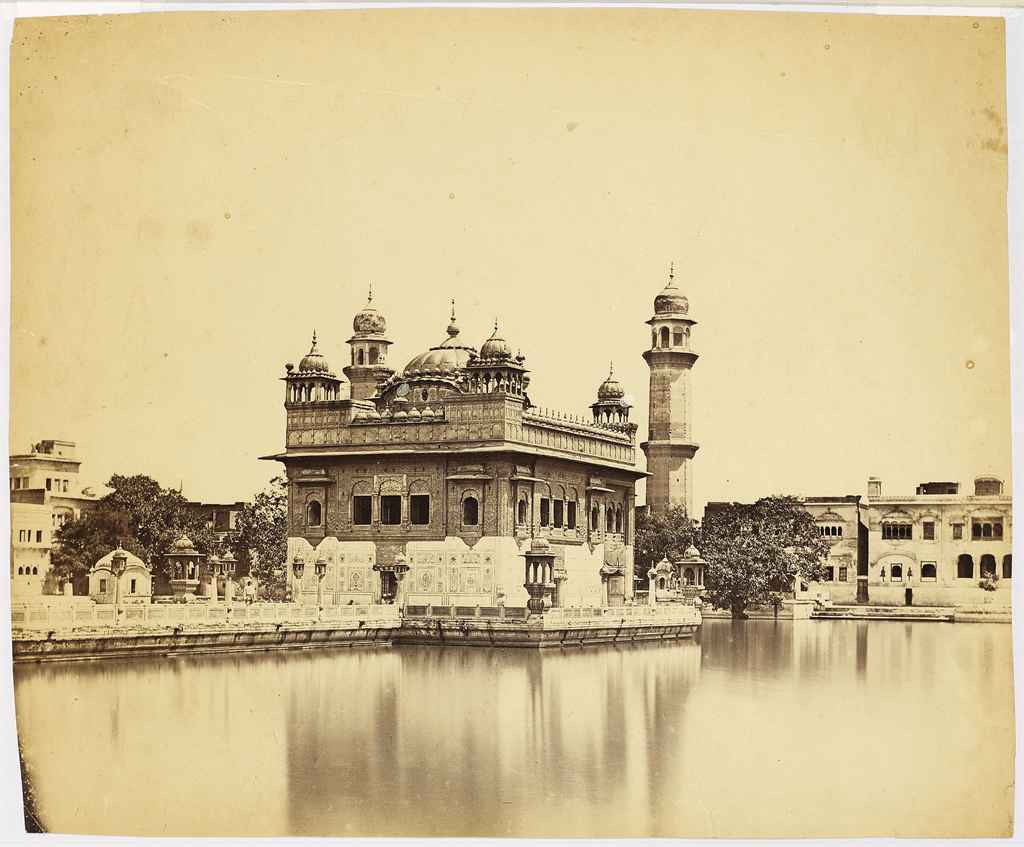

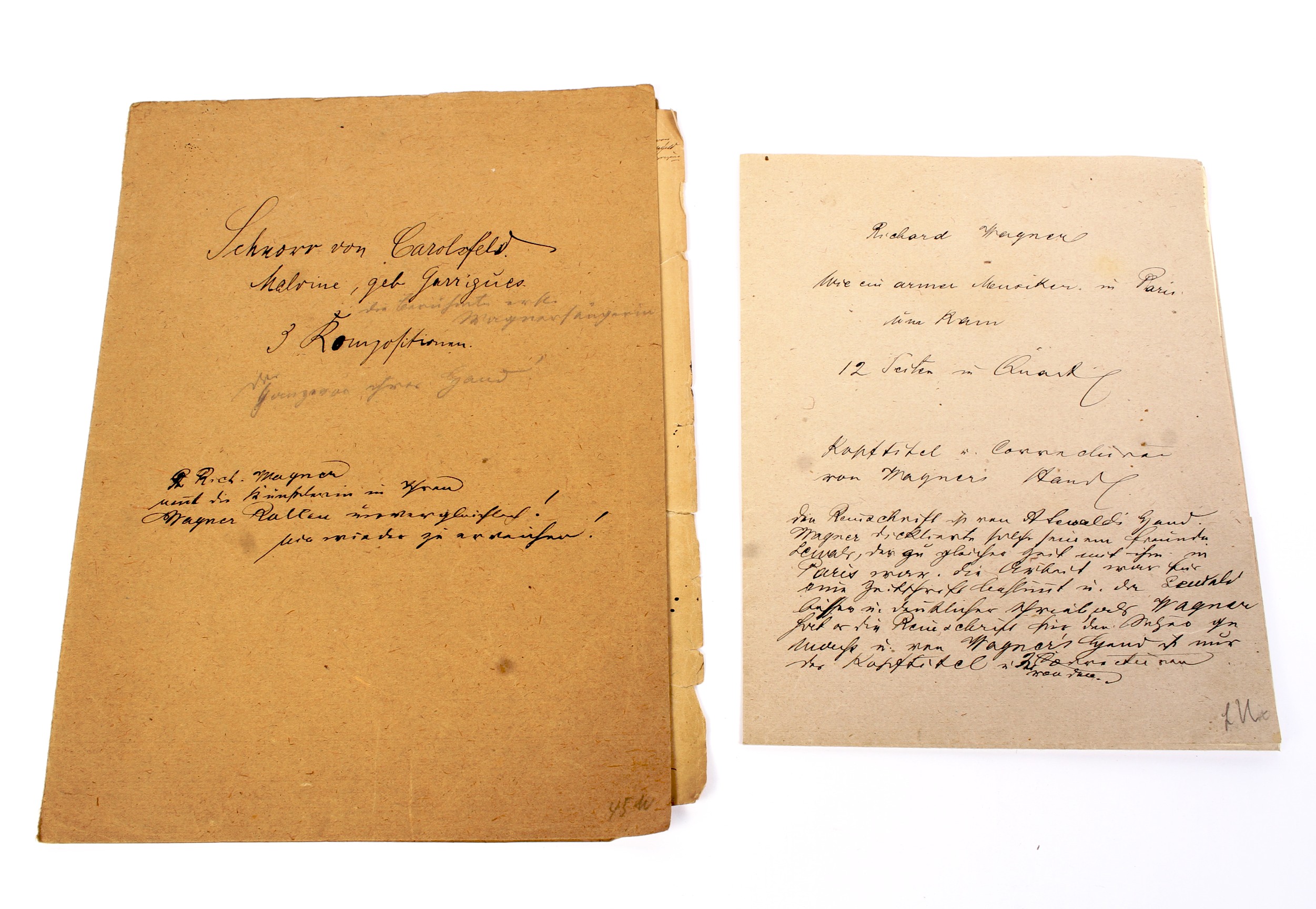


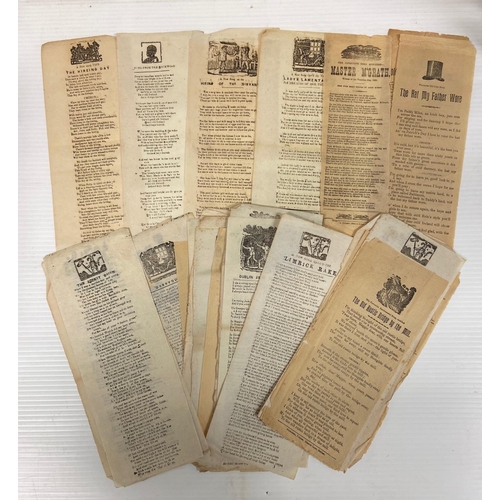
Testen Sie LotSearch und seine Premium-Features 7 Tage - ohne Kosten!
Lassen Sie sich automatisch über neue Objekte in kommenden Auktionen benachrichtigen.
Suchauftrag anlegen